
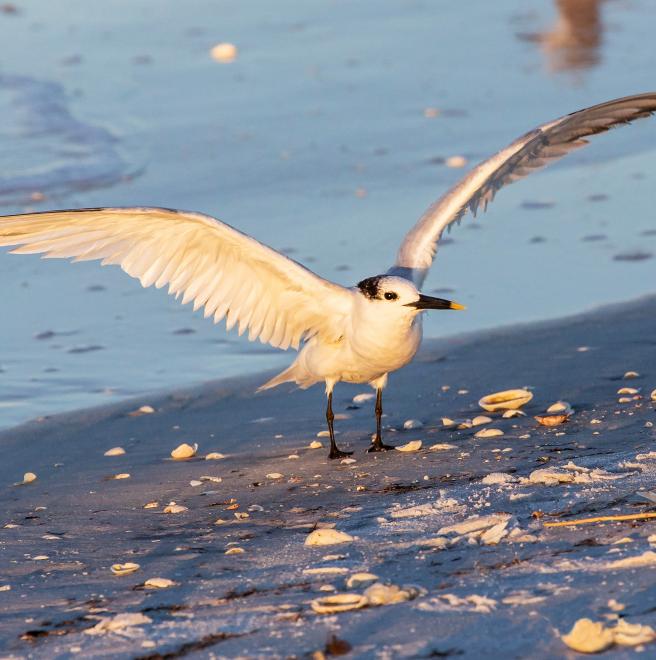
Ecologically a close match to the larger Royal Tern, this chiefly marine species is at home on barrier beaches and in back bays along southern shores. And like its bigger cousin, the Sandwich Tern—already threatened with coastal development and severe weather—is forecast by Audubon's climate model to fare poorly in the face of climate change. Unfortunately, the Sandwich Tern’s losses may be even more severe than the Royal’s, with a significant decline in suitable climate space during the winter winter and only 13 percent of current space remaining stable. Sandwich Terns occur well beyond the U.S. border, and their best hope may reside in tropical habitats outside the model area.
Explore more birds threatened by climate change around the country.
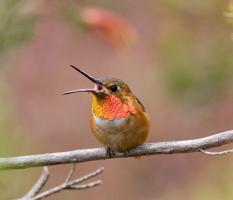
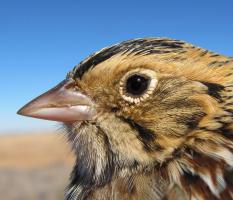
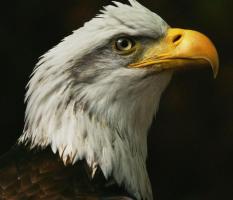
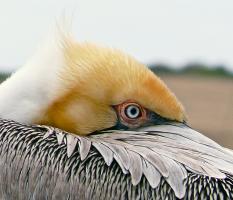
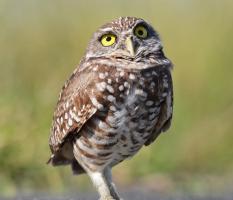
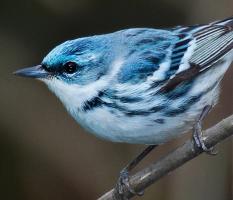
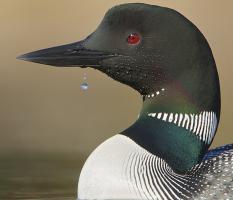
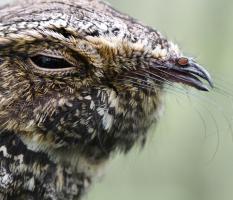
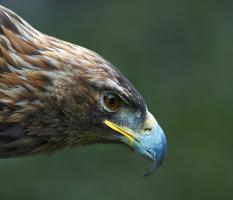

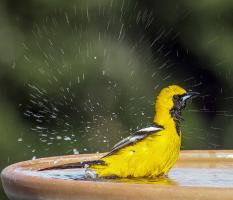
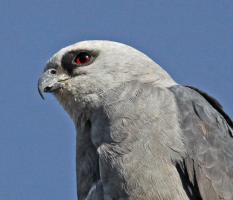

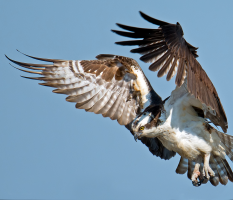
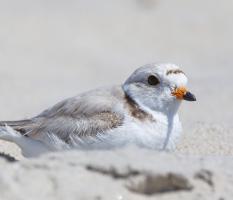
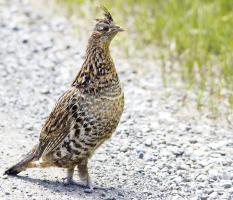
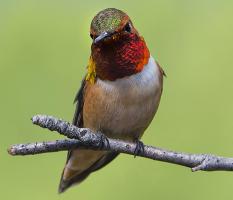

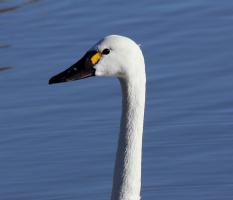
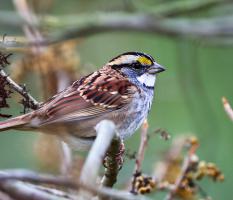
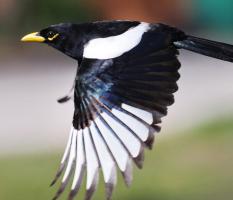
It's easier than you think to make a difference. Become an Audubon member today to help birds facing climate change.